The outstanding problem of industrial cleaning in China
 Release Date:2023-10-16
Release Date:2023-10-16
 Reading volume:
Reading volume:
Cleaning is a job that everyone often encounters. Small cleaning includes washing powders and detergents used in daily life. Big cleaning includes industrial cleaning, involving oil, grease, steel and other industrial equipment cleaning.
In the production process of many basic occupations such as petroleum, chemical, steel, electricity, food, etc., various oxides will inevitably occur in the manufacturing, transportation, storage, installation and production process due to the equipment and pipelines of new installations, rolling scale, sludge deposits, welding slag, surface floating layers, and rolling. Tank containers, jackets, reactors, etc., will also be "dirty", such as polymer, coke, scale, oil scale, sediment, rust corrosion and other equipment before operation or one or two years after operation is not cleaned in time, will lead to equipment quality changes, damage the process, affect product quality, and some will make equipment and pipeline failure with the addition of energy consumption and efficiency reduction, the process will be blocked. The factory will be forced to close. There may even be more serious incidents such as leaks and explosions.
Commonly used cleaning methods are chemical cleaning and physical cleaning. Because the pipeline system is generally a hidden project, chemical cleaning is the use of one or more chemical agents to chemical transformation, dissolution and stripping of surface pollutants or coverings to achieve the role of oil removal, rust removal and scale removal. Therefore, chemical cleaning is more complete and widely used, accounting for about 60% of industrial cleaning. Physical cleaning refers to high pressure water jet cleaning, accounting for about 40%.
According to the analysis data of the Ministry of Information Industry, the annual demand for civil and industrial cleaning markets in China is as high as 300 billion. According to an analysis of an industrial cleaning professional, most of the 300 billion yuan is mainly used for civilian cleaning, while industrial cleaning accounts for only about 10%. It is not difficult to calculate that the annual demand for industrial cleaning market should be about 30 billion yuan.
Expert analysis shows that the domestic industrial cleaning market is huge, but there are also many problems.
First, there is an urgent need to raise barriers to entry. At present, there are many problems in domestic cleaning profession, such as multi-management, differentiation, occupational protection, disorderly competition, and uneven quality of engineering services.
Second, there are not many brand enterprises. Because there is no entry threshold for occupations, cleaning occupations are dominated by individual enterprises, accounting for nearly 60-70%, and there is a significant upward trend. Among them, some enterprises do not have the skills and equipment for large-scale cleaning projects, but they can disrupt engineering bidding at low prices.
Third, professional norms lag behind. It is understood that at present, the norms that domestic industrial cleaning enterprises can refer to and implement are the relevant norms issued by the Ministry of Chemical Industry and other parts in the 1980s and 1990s, which are far from satisfying the requirements of the era. .
Fourth, it is urgent to develop environmental cleaning skills. With the deterioration of the global environment, the development of new environmental protection, pollution-free, low-cost green cleaning skills has become an inevitable trend and competition conditions for cleaning professions.
Related News
-
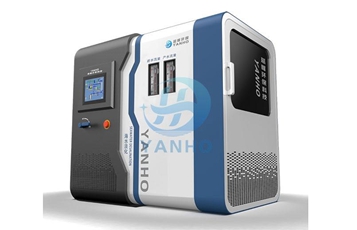
Reasons for no water in Marine desalination equipment
View details


-
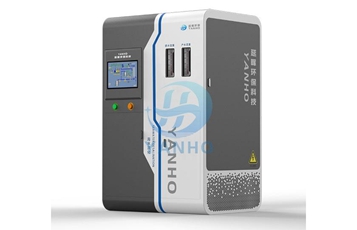
The desalinization rate is important for measuring the effluent from desalination plants
View details


-
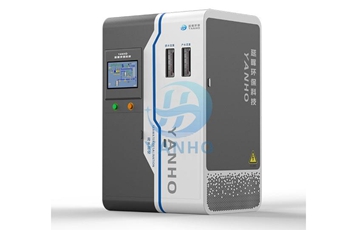
Island desalination equipment is an important way to solve the water source problem
View details


-
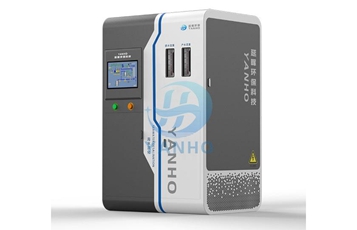
What can be done to maintain Marine desalination equipment?
View details


CONTACT US

Official Account


Mobile Browsing




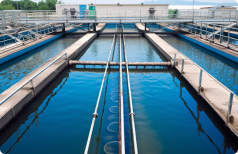

 Hotline:
Hotline: Address:No.76 Longfei Road, Chengyang District,Qingdao, Shandong Province, China
Address:No.76 Longfei Road, Chengyang District,Qingdao, Shandong Province, China E-mail:y15092162376@163.com
E-mail:y15092162376@163.com